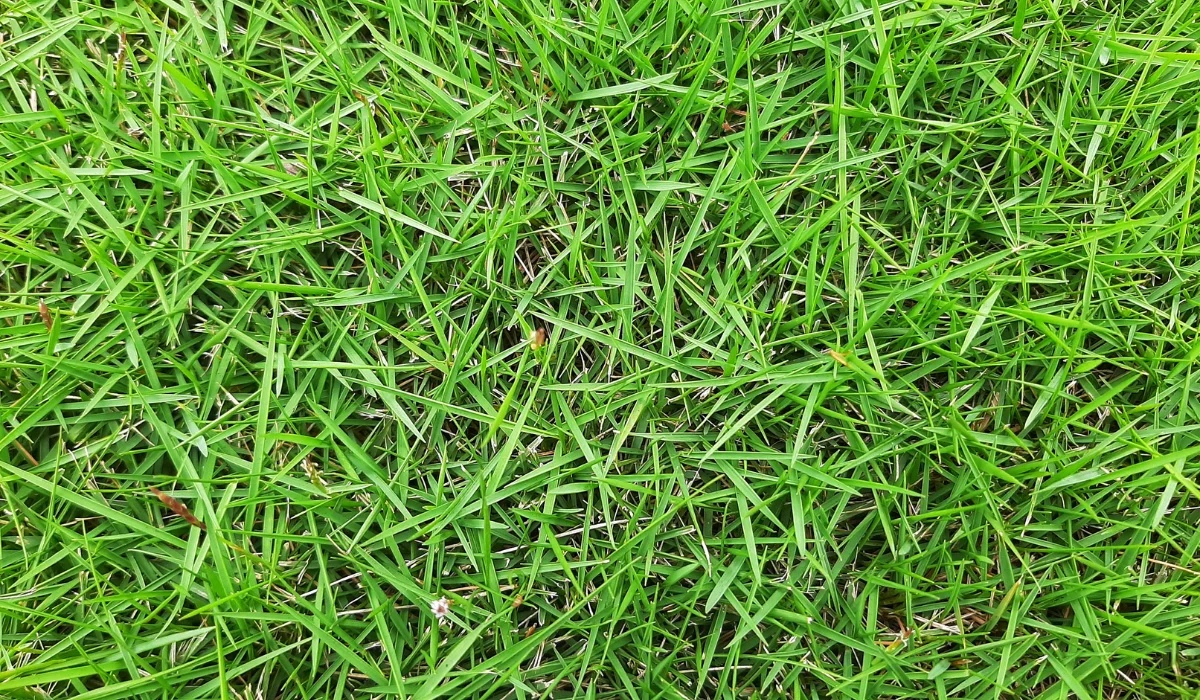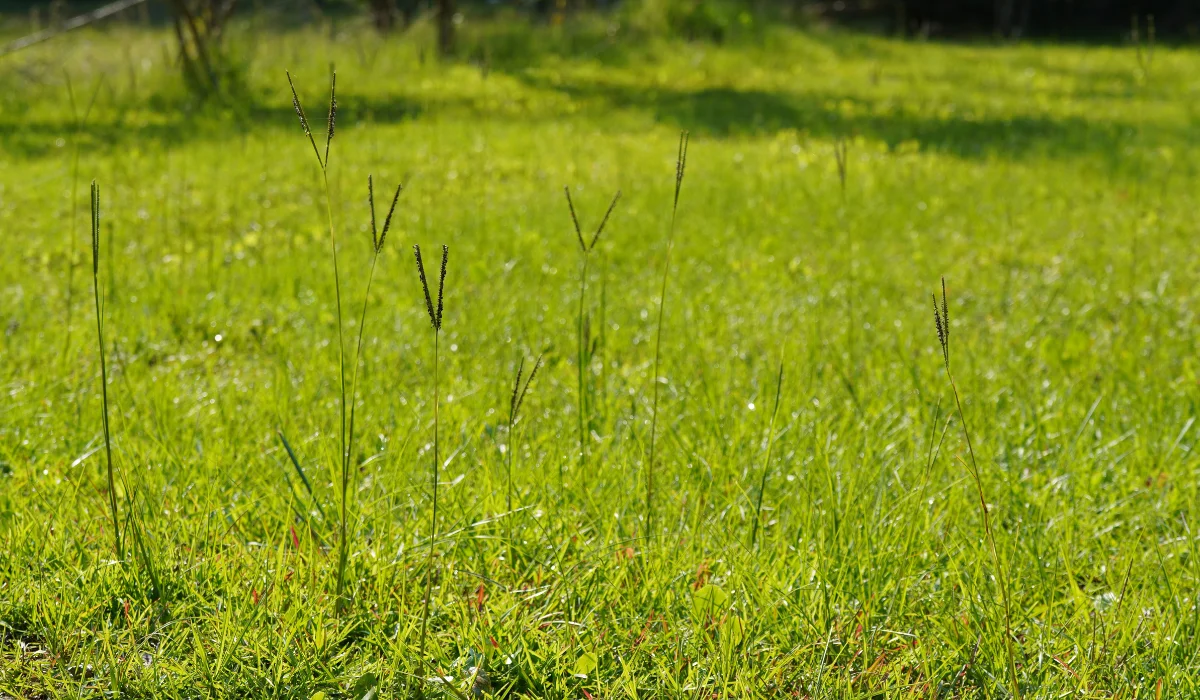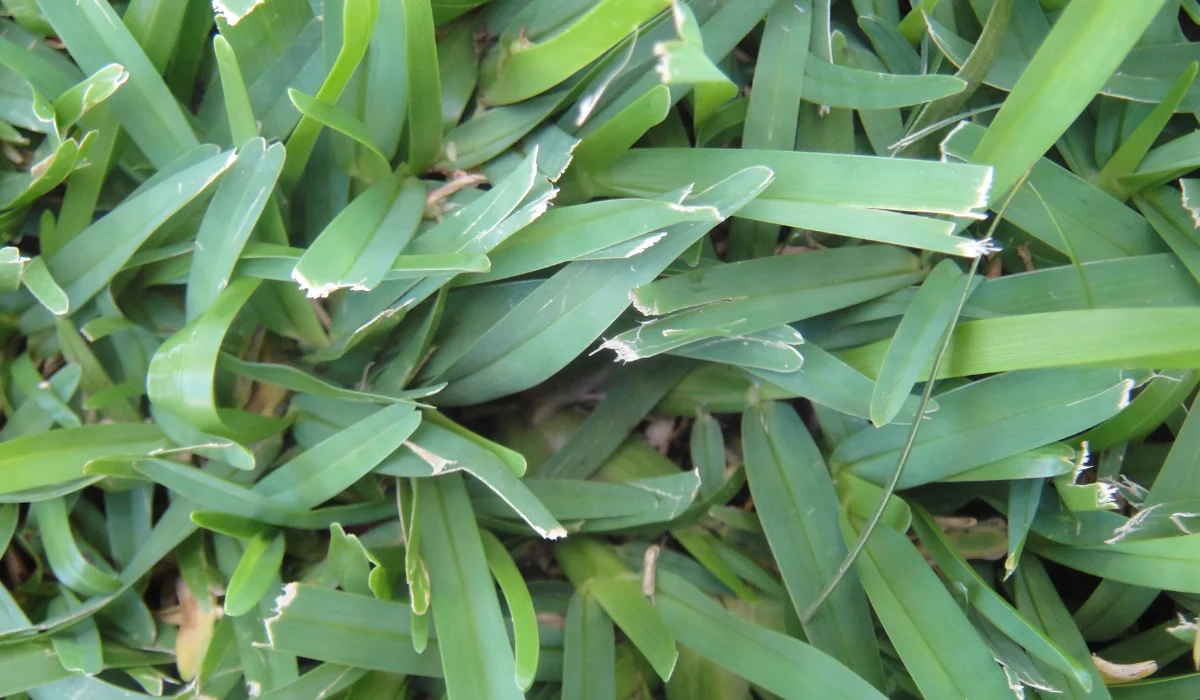South Florida Lawn Fertilizing Schedule
Florida's quirky weather means your lawn's food schedule needs to be just as unique.
Whether your grass dances to the beat of St. Augustine grass or swings with Bermuda, getting the fertilization mix right is key. Think of it as crafting a personalized diet plan for your lawn, so it stays lush and strong through heatwaves and chilly evenings.
Wondering if your green buddy is munching on the right nutrients at the perfect times? Stick with us to unlock the secrets to a happy, healthy Florida lawn in less than a heartbeat.
Key Takeaways
- A proper fertilizer schedule, including both timing and type, is crucial for maintaining a vibrant South Florida lawn year-round.
- Soil testing is vital in determining your lawn's specific nutrient needs, helping to choose the right fertilizer blend of nitrogen, phosphorus, and potassium.
- Seasonal fertilizing strategies vary, focusing on robust growth in spring and summer and root health in cooler months.
- Proper application techniques and safety measures ensure the health of your lawn and prevent environmental harm.
- Relying on professional lawn care helps avoid over-fertilization and compliance issues with local regulations, ensuring a lush, healthy lawn.
Creating a Lawn Fertilizer Schedule
A well-timed fertilizer schedule is crucial for maintaining a vibrant and healthy South Florida lawn throughout the year.
Fertilizing During the Growing Season
Florida's growing season typically spans from early spring to the onset of winter. Here's a month-by-month guide you can use as a starting point:
Month | Fertilizer Advice |
March | Begin with a complete fertilizer that includes all three nutrients: nitrogen, phosphorus, and potassium. |
April | Apply slow-release nitrogen fertilizer to encourage robust root growth without overwhelming grass blades. |
May | Ensure the fertilizer is applied evenly using a spreader; the ratio should comply with your soil test results. |
June | Start reducing fertilizer amounts to prevent burning in the heat of summer months. |
July | Avoid fertilizing, as high temperatures can cause stress to the lawn. |
August | Resume light application if necessary, especially to prepare for the upcoming fall. |
September | As temperatures drop, apply a fertilizer focusing on potassium to strengthen the root system. |
October | Aim to boost the lawn’s health before entering the slower winter growth phase. |
November | Cut back on fertilizing as the growth is slowing down. |
Winter Care and Fertilization
In South Florida, lawns may continue to grow year-round, but the pace slows considerably during winter.
This slow growth reduces the need for fertilization, so you have to observe the following:
- Fertilize sparingly, if at all, during cooler months, focusing on types that promote root health and disease resistance.
- A light application of potassium can help maintain lawn vigor without encouraging new growth that cooler temperatures could damage.
- Adjust the watering schedule as turfgrass requires less water in the cooler and less evaporation-prone months.
- Monitor the lawn for signs of distress, which could indicate a need for slight adjustments to fertilization.
Considerations for Fertilization Schedule
Before heading out to apply fertilizer to your lawns, you should keep in mind a few crucial factors:
Soil Testing
The first step is to check the soil’s nutrient content. You can use a soil test kit or consult a local extension service.
The result will tell them precisely what the lawn needs, such as:
Nutrient | Purpose |
Nitrogen | For lush, green growth |
Phosphorus | Root development booster |
Potassium | Increases disease resistance |
Types of Fertilizers
Understanding the variety of fertilizers available is just as important as the test itself. Remember that each number on the label indicates the percentage of the component.
- First number: Percentage of Nitrogen
- Second number: Percentage of Phosphorus
- Third number: Percentage of Potassium
Fertilizer Type | Description |
Granular (Slow-Release) | Feed the lawn gradually. Ideal for the Florida heat to avoid a quick burn. |
Liquid Fertilizers | Fast-acting, but requires more frequent application. |
Organic Options | Such as those containing sulfate, offer a gentle approach to soil enrichment and support sustainable practices. |
Timing Matters
You shouldn’t just throw fertilizer down willy-nilly. The timing of when you apply fertilizers matters to take advantage of the benefits.
- Spring: Kickstart lawn growth but avoid the heavy rainy season.
- Summer: Light feeding to sustain health, focusing on slow-release types.
- Fall: Prep the lawn for cooler weather but not too close to winter dormancy.
Type of Grass
Each variety of grass requires unique fertilization and care.
So, understanding the types of grass in your lawn is essential when crafting your fertilization schedule.
Grass Type | General Fertilization Needs |
Zoysia Grass
| Requires moderate to high nitrogen levels during active growth periods in late spring and summer. |
Bahiagrass
| Prefers light to moderate fertilization, emphasizing early summer applications to support growth and maintain vitality. |
Centipedegrass
| Needs minimal fertilization, considering the square feet of the lawn and the pounds of nitrogen per square foot recommended to avoid harm. |
Soil pH Balance
The soil pH must be balanced for nutrients to be effectively absorbed.
Florida soils are often sandy and may be more acidic, which can influence the effectiveness of the fertilizer.
Regional Differences
Different areas within Florida experience varying climate conditions, which significantly influence lawn care and fertilization needs:
- North Florida: Experiences cooler temperatures and a shorter growing season for warm-season grasses.
- Central Florida: Enjoys a transitional climate that can support various turfgrasses.
- South Florida: Characterized by a tropical climate, allowing for year-round growth of warm-season grasses.
Lawn Fertilizer Application Tips and Safety
When fertilizing a lawn in Florida, proper technique and safety can ensure a lush yard with a green color without unnecessary risks.
Proper Application Techniques
To maintain a healthy lawn, you must master the following proper application techniques for fertilizers and lawn treatments:
Step | Description |
Equipment Selection | Choose a spreader that's right for your lawn size. A broadcast spreader is suitable for larger yards, while a drop spreader is preferred for precision in smaller spaces. |
Reading Instructions | Always read the fertilizer label before applying to understand the correct application rate and specific guidelines. |
Application Rate | Apply fertilizer at the recommended rate. Over-application can lead to run-off and environmental damage. |
Even Coverage | Walk steadily with the spreader to ensure even fertilizer distribution across the lawn. |
Timing | Fertilize when the lawn is dry and there's no rain forecasted within 24 hours to prevent run-off. |
Post-Application | Water the lawn lightly to help the fertilizer absorb if the product specifies. Aim for an inch of water per week through rainfall or an irrigation system. |
Safety Precautions
To prevent grass yellowing and promote effective lawn maintenance, here are essential precautions you should adhere to:
- Protective Gear: Wear gloves, long sleeves, and safety goggles to protect skin and eyes during application.
- Storing Fertilizer: Keep fertilizers and herbicides in a locked cabinet or shed, out of reach of children and pets.
- Application Safety: To prevent ingestion or contact, keep children and pets off the lawn during and immediately after fertilizer application.
- Environmental Care: Avoid using fertilizers near water bodies to prevent contamination.
- Unused Fertilizer: Dispose of unused fertilizer according to local regulations to ensure it doesn't harm the environment.
- Pesticide Use: If using a product that combines fertilizer with pesticides, be extra cautious and follow all safety precautions listed on the product label.
Common Lawn Fertilization Mistakes to Avoid
Over-fertilizing is a frequent misstep that causes excess nutrients to wash into waterways. Such runoff spurs algae blooms and harms ecosystems.
For Florida lawns, it is essential to follow the general fertilization recommendations provided by the University of Florida’s Institute Of Food And Agricultural Sciences (UF/IFAS) Extension.
Here's how to avoid over-fertilizing:
Recommended Action | Details |
Follow UF/IFAS Guidelines | They provide clear instructions on the correct amount of fertilizer needed for Florida soils. |
Perform Soil Tests | Regular testing helps determine the precise nutrient requirements of your lawn. |
Use Timed Releases | Slow-release fertilizers reduce the overload risk and mitigate the impact of heavy rain. |
Apply Properly | Ensure even distribution to avoid concentrated zones of fertilizer that can harm the lawn. |
Mind the Weather | Avoid fertilizing before a forecasted downpour to prevent immediate runoff. |
Consult Experts | Local extension offices offer tailored advice for Florida-friendly lawn care. |
Is It Time to Call the Lawn Experts?
When in doubt or facing a particularly stubborn lawn, the local lawn care experts (like us, here at Native Pest Management) can provide a proper schedule, tailored treatments, and even some good ol' lawn lore to ensure your turf is the talk of the town.



